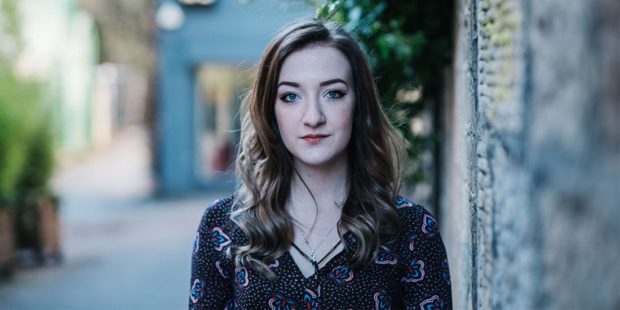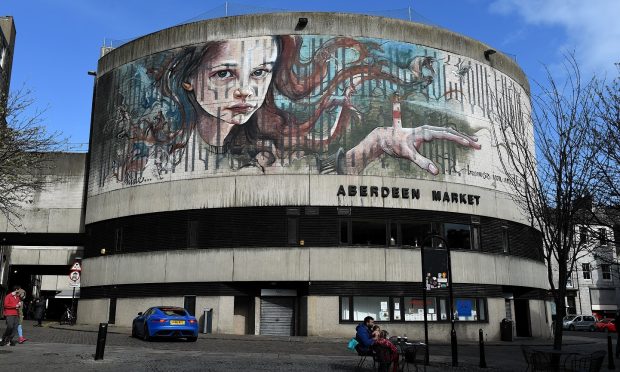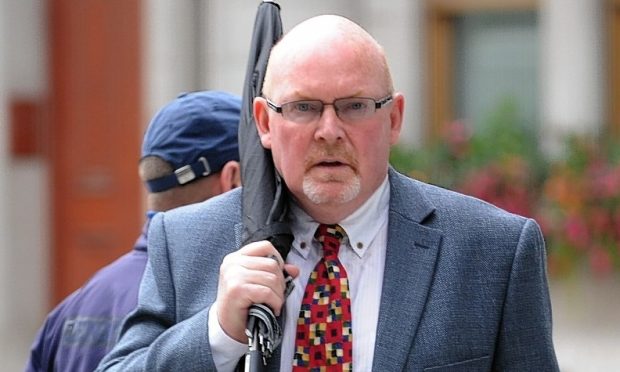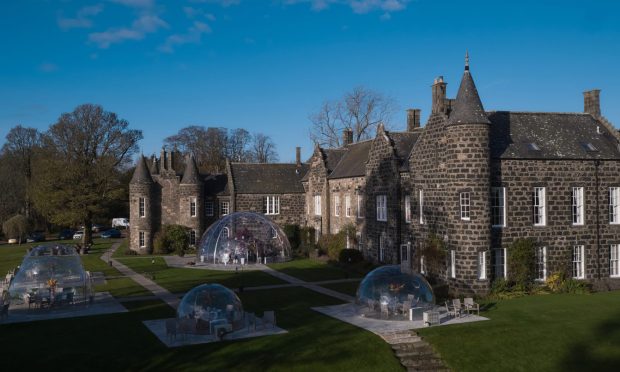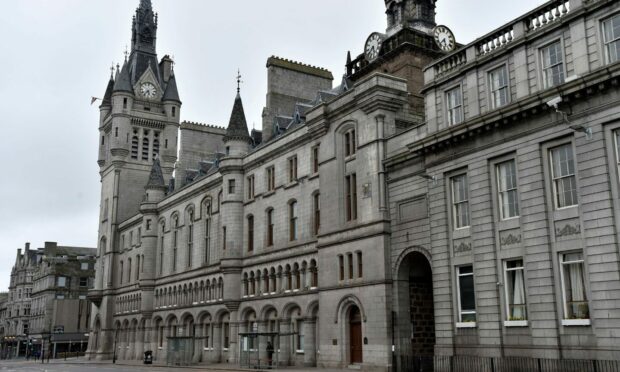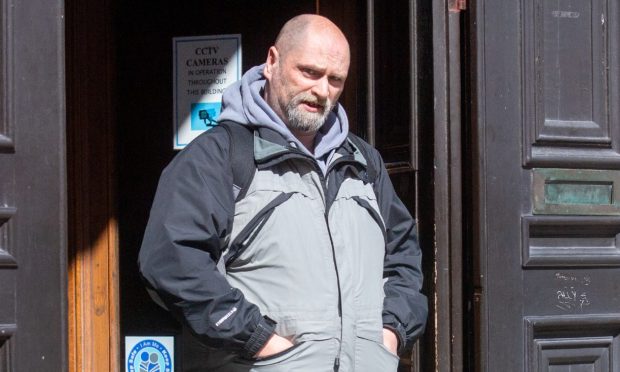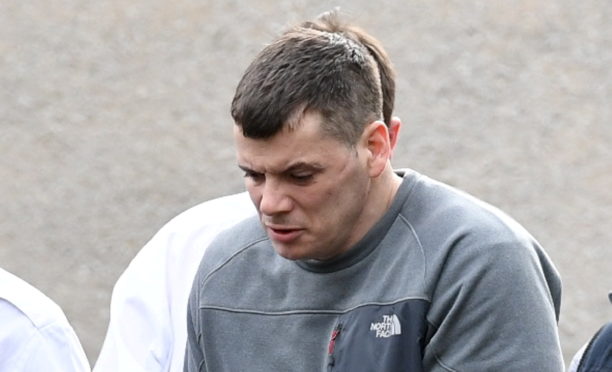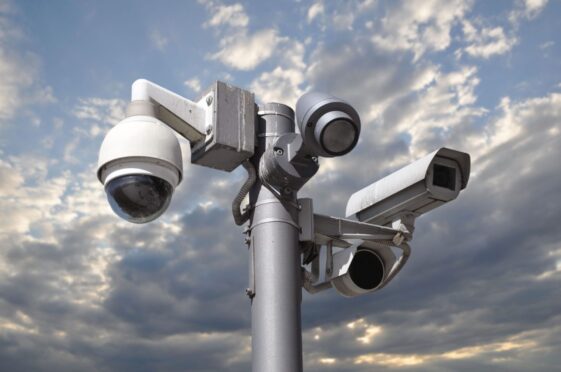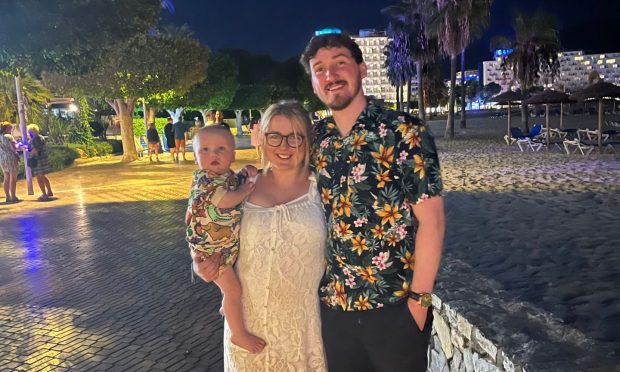An award-winning traditional musician is backing a new campaign demanding official recognition for the Scots language.
Iona Fyfe, from Huntly, is backing the Oor Vyce grassroots campaign which is calling for the tongue to be classed as a “legal language”.
Oor Vyce, a Scots pronunciation of “our voice”, launched on social media this week and will be driven forward once lockdown has ended.
The movement is made up of entertainers, writers, academics and political campaigners who want the Scottish Parliament to pass a law similar to the 2005 Gaelic Language Act.
They also want an official body like Bòrd na Gàidhlig, to raise the status and profile of Scots.
The 22-year-old folk singer said it was “high time” Scots is recognised as a legal language.
Miss Fyfe said: “Without Scots, I wouldn’t have a degree in Scots Song from the Royal Conservatoire of Scotland, I wouldn’t have an album full of Scots songs, I wouldn’t have gigs, or repertoire.
I probably wouldn’t have a career in folk music if it weren’t for the Scots language and the Doric bothy ballads and traditional ballads that I grew up singing.”
Miss Fyfe believes that despite global interest in the dialect, there is “so much that people do not know about it”.
She added: “Audience members in the UK, Europe, Australia and Canada have sat through hour-long performances of bothy ballads and songs in Scots and Doric, and then either presume I was singing in Gaelic, or ask me if I was singing in Gaelic.
“With a language act, we would have greater exposure and promotion of Scots as a language and a deeper understanding of it worldwide.”
The 2011 census showed that 1.54 million people are able to speak Scots, making it Scotland’s second most spoken language behind English.
Oor Vyce founder, Jack Capener, said: “Despite its prevalence in everyday life, Scots lacks any sort of official status.
“There’s no legislation in place recognising it. We need to protect and promote it like Gaelic.”
Scots is recognised by the UK Government as a regional language under the European
Charter for Regional and Minority Languages, which the Scottish Government supports.
However there is no legislation in place to protect and promote the language in the same way as Gaelic.
Michelle Cameron of the Banffshire Tourist Hub is also involved with the campaign.
She believes promotion of Scots would allow people to “connect more with their culture and ancestry”.
